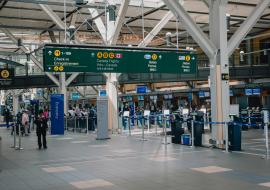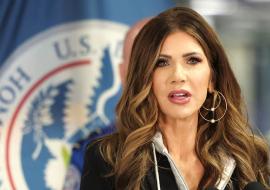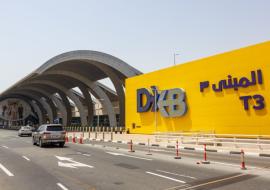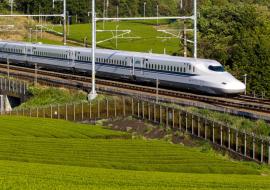The Pope Has Died. What Comes Next?
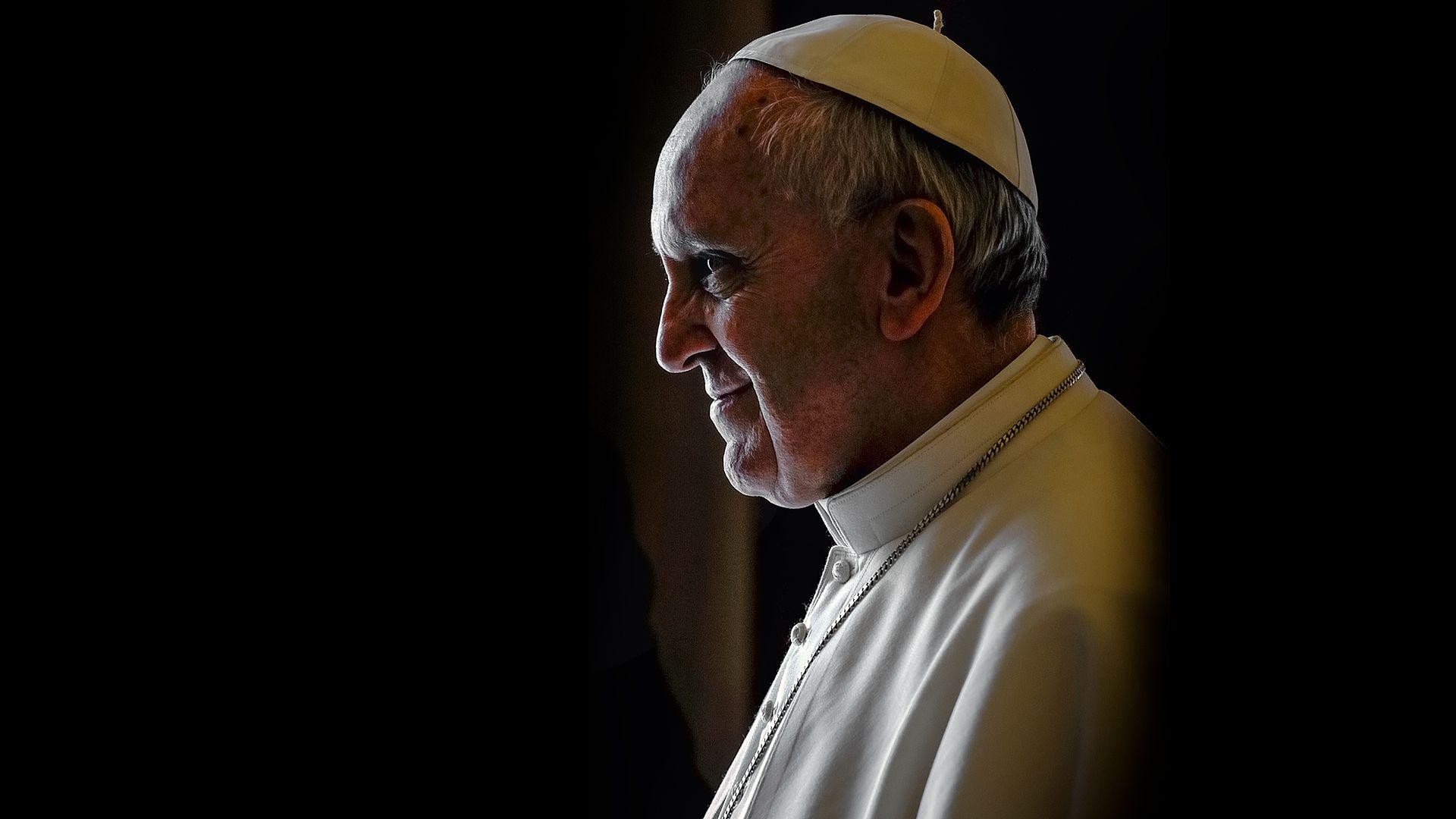
The death of Pope Francis marks the end of a transformative papacy and sets into motion a series of solemn rites and ancient traditions that have governed the transition of papal authority for centuries. As the world mourns the passing of the 266th pontiff of the Roman Catholic Church, attention now turns to the Vatican, where a carefully orchestrated process will unfold in the coming days.
The Funeral Rites
Following papal tradition, the funeral of a Pope typically takes place 4 to 6 days after his death. In the interim, the Pope’s body lies in St. Peter’s Basilica, where the faithful gather to pay their last respects. The funeral is a deeply symbolic event, combining religious solemnity with global attention. It is usually attended by world leaders, heads of other faiths, and hundreds of thousands of mourners.
The funeral Mass is presided over by the Dean of the College of Cardinals, and the Pope is laid to rest in the Vatican Grottoes, beneath St. Peter’s Basilica. Pope Francis, who emphasized humility throughout his papacy, may have left specific instructions for a simpler ceremony, but the overall structure of the funeral rites will follow Vatican protocol.
The Period of Mourning and "Sede Vacante"
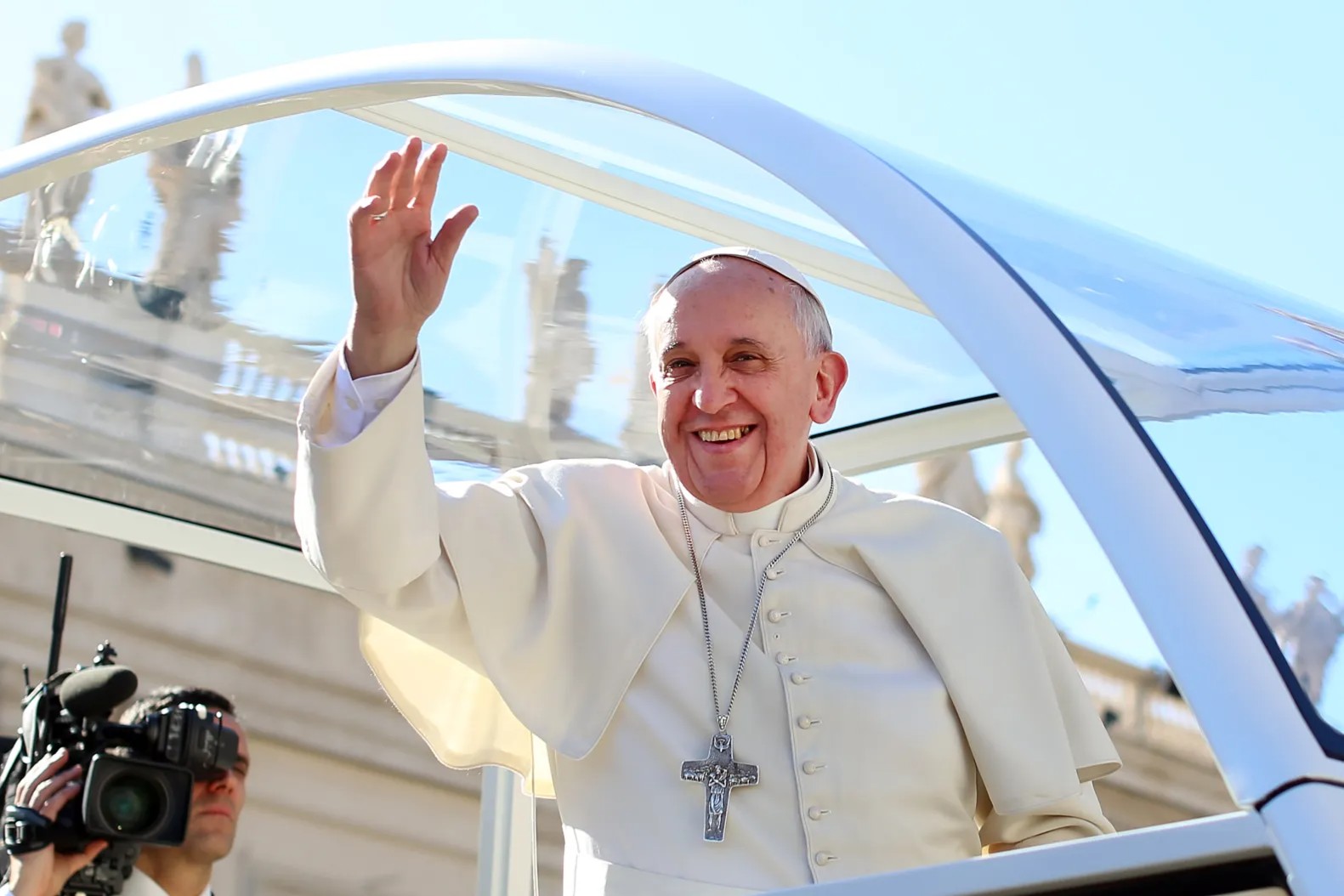
With the papal seat now vacant—known as "Sede Vacante", Latin for “the seat being vacant”—the governance of the Church passes temporarily to the College of Cardinals. All major decisions are suspended during this period, and the Vatican City State is managed by the Camerlengo, the chamberlain of the Holy Roman Church, whose role includes verifying the Pope’s death and sealing his private apartments.
During this time, the Cardinals begin preparing for the most important task ahead: the election of a new pontiff.
The Conclave: Choosing a New Pope
The election of a new Pope takes place in the Papal Conclave, a centuries-old tradition cloaked in secrecy. The conclave must begin no sooner than 15 days and no later than 20 days after the Pope's death. This allows time for all the Cardinal Electors—those under the age of 80—from around the world to arrive in Rome.
The conclave is held in the Sistine Chapel, where Cardinals are sequestered from the outside world until a new Pope is chosen. Voting continues in rounds until one candidate receives a two-thirds majority. After each round, the results are signaled to the world by the smoke from the chapel’s chimney: black for no decision, white for a successful election.
Once elected, the new Pope accepts the position and chooses a papal name, after which he is presented to the faithful from the balcony of St. Peter’s Basilica with the words “Habemus Papam”—“We have a Pope.”
What Lies Ahead
The death of Pope Francis leaves a profound legacy and a Church facing numerous challenges—from clerical reform and social justice to its role in a changing geopolitical landscape. The new Pope will be tasked with continuing or redefining the direction of the Church, leading more than 1.3 billion Catholics worldwide.
As the Vatican prepares to honor one spiritual leader and welcome another, the world watches with reverence, curiosity, and hope for the future of the Catholic Church.









